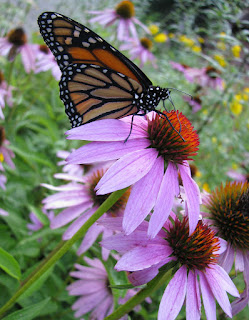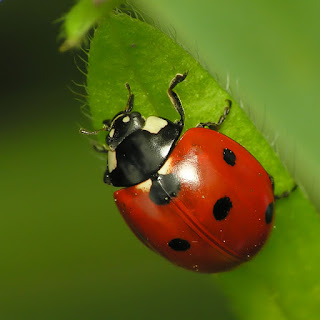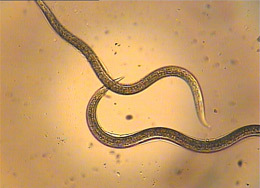Honey bees can often be identified by the balls of yellow pollen they carry on the backs of their legs. Grow flowering plants. Encourage wild honey bees. Because the spread of mites and the increase in pesticide usage has seriously reduced honey bee populations, the wild honey bees that are left are even more important.
Damsel bugs use thickened front legs to grab their prey, which includes aphids, caterpillars, thrips, leafhoppers, and other soft-bodied insects. Nymphs, too, are predators, and will feast both small insects and their eggs.
DRAGONFLY
There are more than 80 species of dragonflies. They can be identified by their long narrow body, their large compound eyes and the four transparent wings. There is variation in color. Sizes range from one to two inches. The larvae are found in water. They eat mosquitoes, aphids and other pest bugs
Lacewing feed mainly on flower nectar. Lacewing larvae, however, are voracious predators that feed on aphids, thrips, scales, moth eggs, small caterpillars and mites.
Most ladybug adults and larvae feed on aphids and other soft-bodied insects. Adults are attracted to flower nectar and pollen, which they must eat before they can reproduce.
Beneficial Nematodes can be used anywhere developing pests exist including backyards, flower and vegetable gardens, lawns, fruit and nut trees, vines, greenhouses, row crops, pastures and more
All spiders feed on insects and are very important in preventing pest outbreaks. The spiders normally found in gardens do not move indoors, nor are they poisonous. Permanent perennial plantings and straw mulches will provide shelter and dramatically increase spider populations in vegetable gardens.
BUTTERFLY CATERPILLARS!
A great source for identification is Gardens With Wings

Monarch

American Painted Lady

Black Swallowtail
Thank you for joining us for another day of Grow Your Own Food in 100 Days or Less. If you have additional questions please send an email to mary@marysheirloomseeds.com
Happy Planting!
Sign up for our E-Newsletter











3 comments
Marty and others, you can purchase lady bird beetles ( lady bugs) which eat aphids. If you grow apple trees you will likely have them as they overwinter under loose bark.
We have swallows nesting near our garden. They are always darting in and out eating bugs. I’m sure they are helping reduce the bad insects. Same with the robins. – Margy
Wish I had some aphid predators around. They are starting this year earlier than normal. – Margy